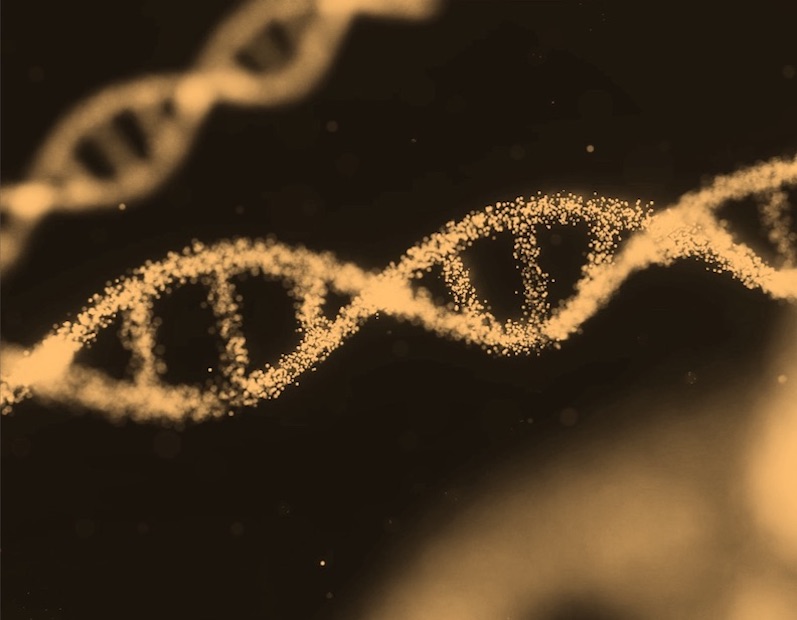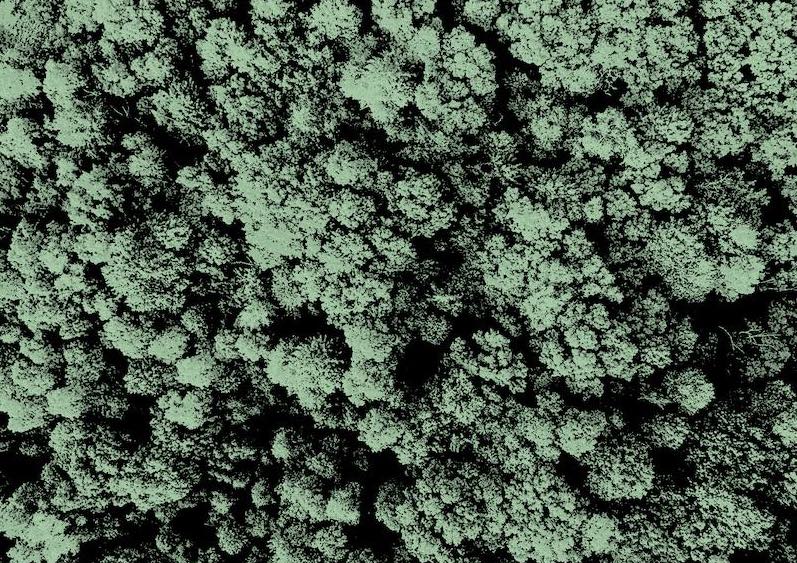What is it about?
Long-range 1H-15N heteronuclear shift correlation methods at natural abundance to facilitate the elucidation of small molecule structures have assumed a role of growing importance over the past decade. We show that mathematical processing techniques, called unsymmetrical indirect covariance methods, can be employed to indirectly determine several types of hyphenated 2D NMR data from higher sensitivity experiments.
Featured Image
Why is it important?
Some experiments are highly improbable if not impossible to run as direct NMR experiments. But OTHER experiments can be processed mathematically and combined to give access to "synthetic forms" of experimental data. THis paper shows some of the approaches for C13 and N15 2D NMR data
Read the Original
This page is a summary of: 13C‐15N Connectivity networks via unsymmetrical indirect covariance processing of 1H‐13C HSQC and 1H‐15N IMPEACH spectra, Journal of Heterocyclic Chemistry, September 2007, Wiley,
DOI: 10.1002/jhet.5570440541.
You can read the full text:
Resources
- Related Content
Analysis and elimination of artifacts in indirect covariance NMR spectra via unsymmetrical processing
Indirect covariance NMR offers an alternative method of extracting spin–spin connectivity information via the conversion of an indirect-detection heteronuclear shift-correlation data matrix to a homonuclear data matrix. Using an IDR (inverted direct response)-HSQC-TOCSY spectrum as a starting point for the indirect covariance processing, a spectrum that can be described as a carbon–carbon COSY experiment is obtained.
- Related Content
Unsymmetrical Covariance Processing of COSY or TOCSY and HSQC NMR Data to Obtain the Equivalent of HSQC-COSY and HSQC-TOCSY Spectra
Artifacts observed in the indirect covariance NMR spectrum of HSQC-TOCSY data have recently been analyzed and a method for their elimination proposed. More recently, unsymmetrical covariance processing has been applied HSQC and HMBC spectral data to afford long-range carbon-carbon correlation information equivalent to that obtained from n, 1-, 1, n- and m,n-ADEQUATE spectra.
Contributors
The following have contributed to this page









